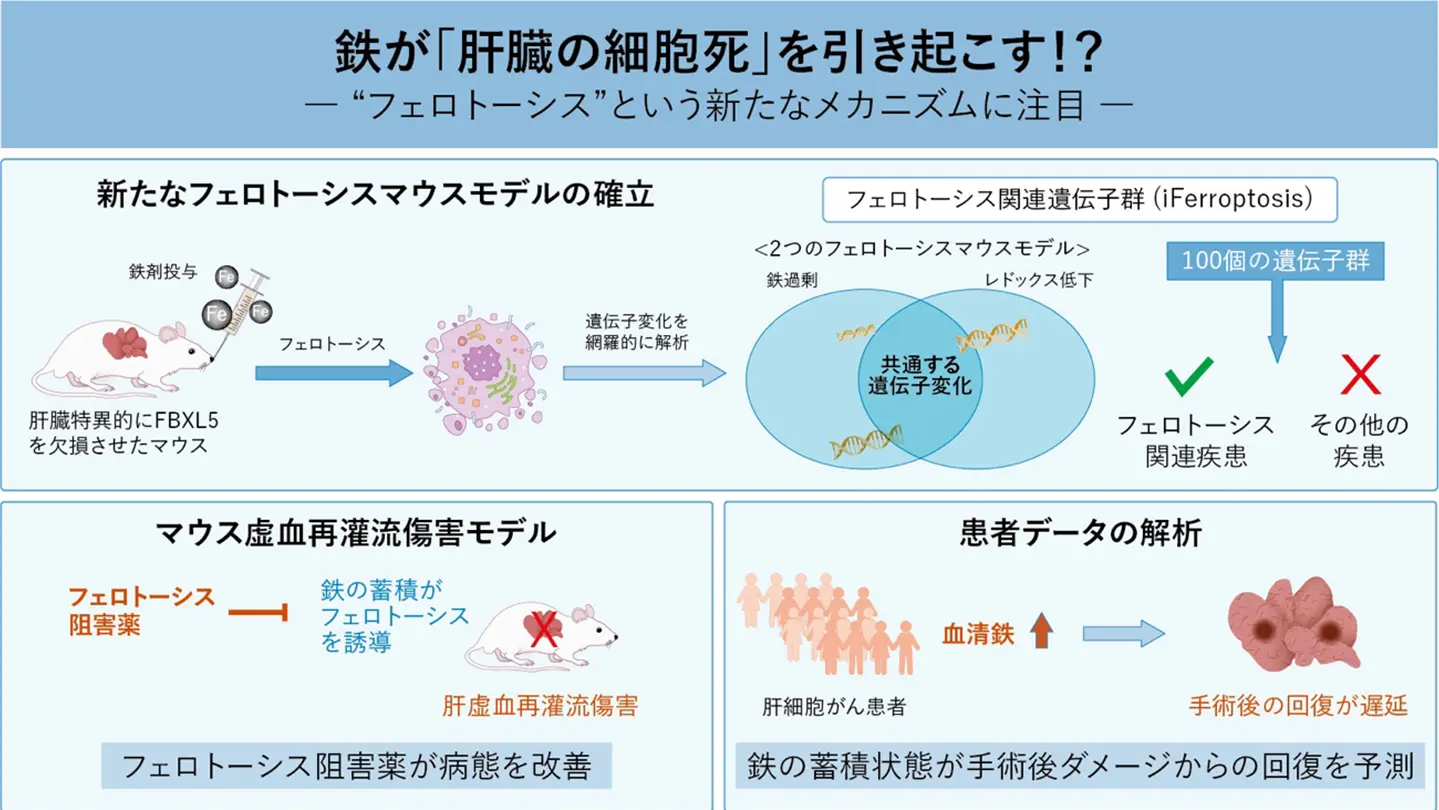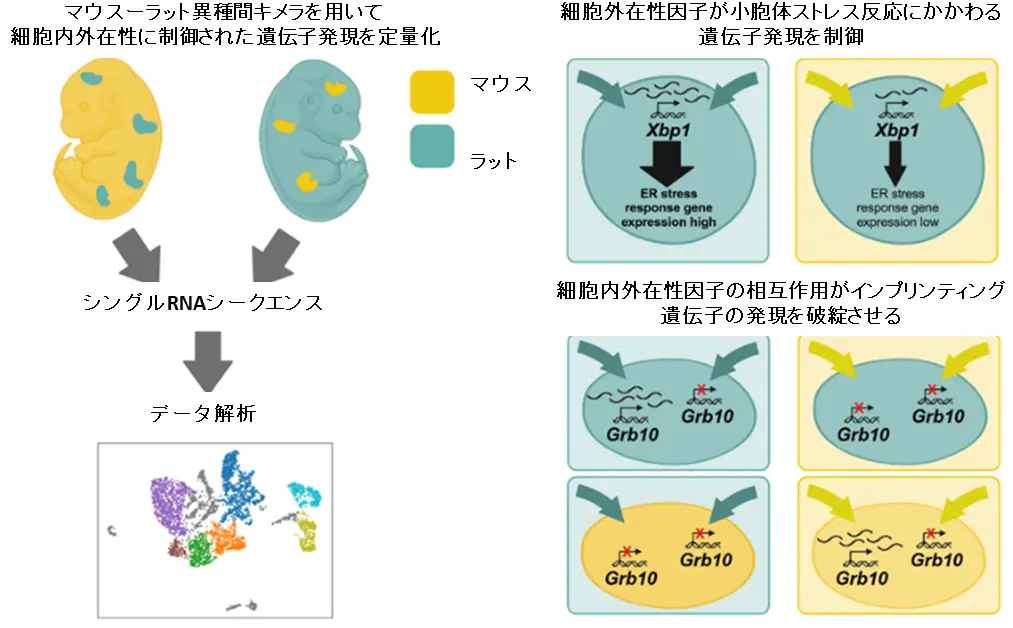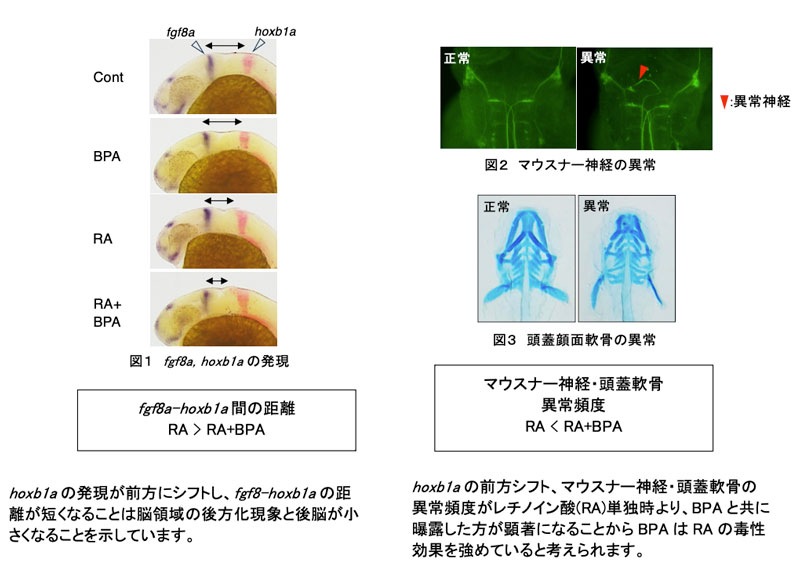2025-05-30 東京科学大学

<関連情報>
- https://www.isct.ac.jp/ja/news/l96a6gwwxrw7
- https://www.isct.ac.jp/plugins/cms/component_download_file.php?type=2&pageId=&contentsId=1&contentsDataId=1590&prevId=&key=33c418f9d6baec6d5913997f858f0091.pdf
- https://journals.lww.com/hepcomm/fulltext/2025/06010/integrated_hepatic_ferroptosis_gene_signature.26.aspx
肝フェロプトーシス遺伝子の統合的シグネチャーがフェロプトーシスの病的特徴を規定する Integrated hepatic ferroptosis gene signature dictates pathogenic features of ferroptosis
Matsumoto, Takashi; Nita, Akihiro; Kanamori, Yohei; Maeda, Ayato; Nita, Tomomi; Yasuda-Yoshihara, Noriko; Mima, Kosuke; Okabe, Hirohisa; Imai, Katsunori; Hayashi, Hiromitsu; Matsuoka, Yuta; Nagaoka, Katsuya; Nakayama, Keiichi I; Sugiura, Yuki; Tanaka, Yasuhito; Baba, Hideo; Moroishi, Toshiro
Hepatology Communications June 2025
DOI:10.1097/HC9.0000000000000721
Abstract
Background:
Ferroptosis, a distinctive form of cell death induced by iron-dependent lipid peroxidation, is implicated in various biological processes, including liver diseases. Establishing an iron overload-induced ferroptosis model and identifying hepatic gene signatures associated with ferroptosis are crucial for understanding its role in liver pathogenesis.
Methods:
F-box and leucine-rich repeat protein 5 (FBXL5) is a substrate-recognition component of the SCF E3 ligase complex that restricts intracellular iron levels. In this study, we used liver-specific Fbxl5-null mice to establish an iron overload-induced ferroptosis model. Transcriptome analysis identified genes involved in hepatic ferroptosis. Integrating these gene signatures with another ferroptosis model enabled the assessment of ferroptosis-related pathology in murine liver injury models and in 174 patients undergoing liver resection surgery.
Results:
Iron overload induced severe liver damage in liver-specific Fbxl5-null mice, characterized by elevated liver enzymes, histopathological changes, and lipid peroxidation. Transcriptome analysis revealed a distinct set of genes associated with hepatic ferroptosis response. Generating a gene signature for evaluating ferroptosis enhanced the understanding of ferroptosis-related pathologies in liver diseases. Iron overload exacerbated liver damage in murine ischemia-reperfusion injury models via ferroptosis induction. In human patients, elevated serum iron levels correlated with sustained postoperative liver damage, indicating heightened susceptibility to ferroptosis.
Conclusions:
Here, a murine model of iron overload-induced hepatic ferroptosis was established, and a gene signature indicative of hepatic ferroptosis response in both mice and humans was identified. These findings underscore the role of ferroptosis in liver injury progression and suggest potential therapeutic targets for liver disease intervention.


